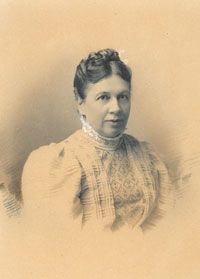Sofia Tolstoy: The Overlooked Photographer and Writer in Tolstoy's Shadow
Explore the life and works of Sofia Andreyevna Behrs, the multi-talented wife of Russian author Leo Tolstoy. Find out why, despite what society says, she loves photography, writing, and more in this detailed summary.





